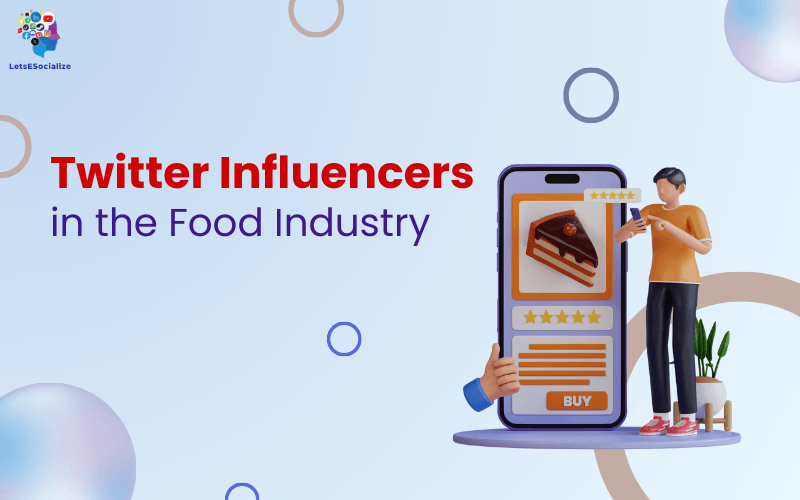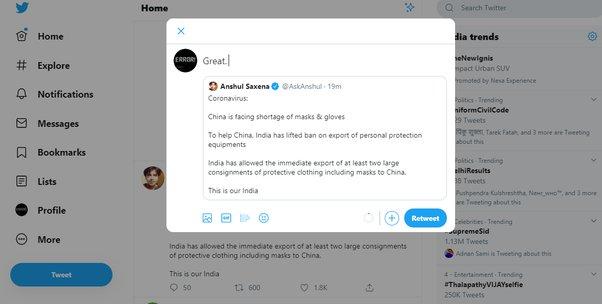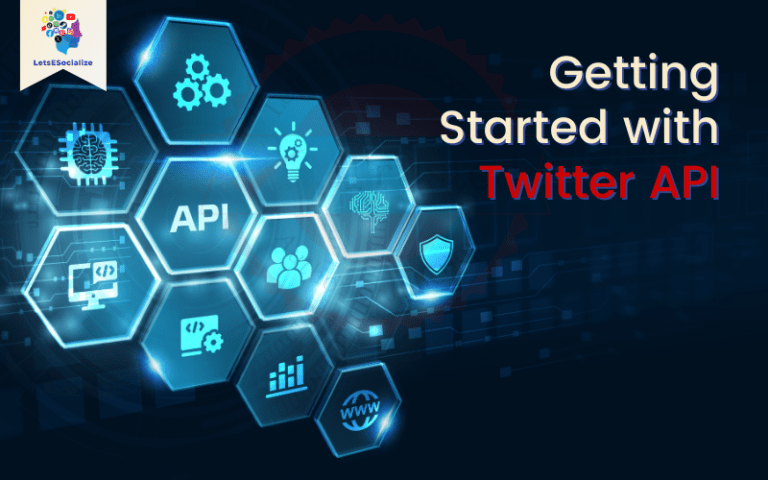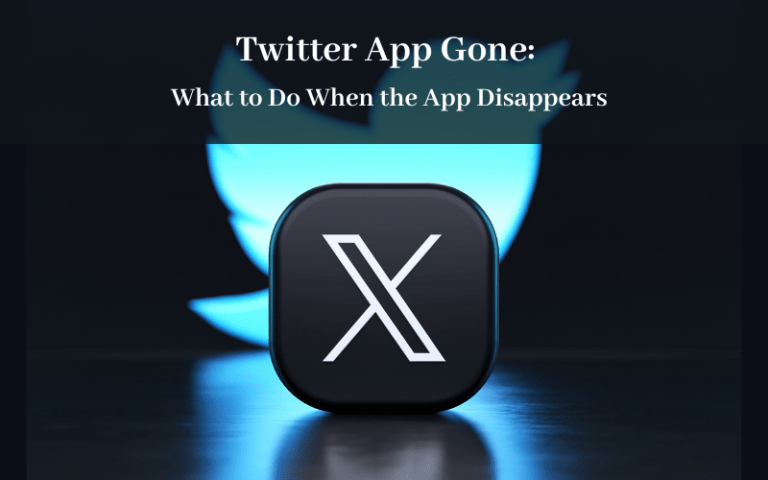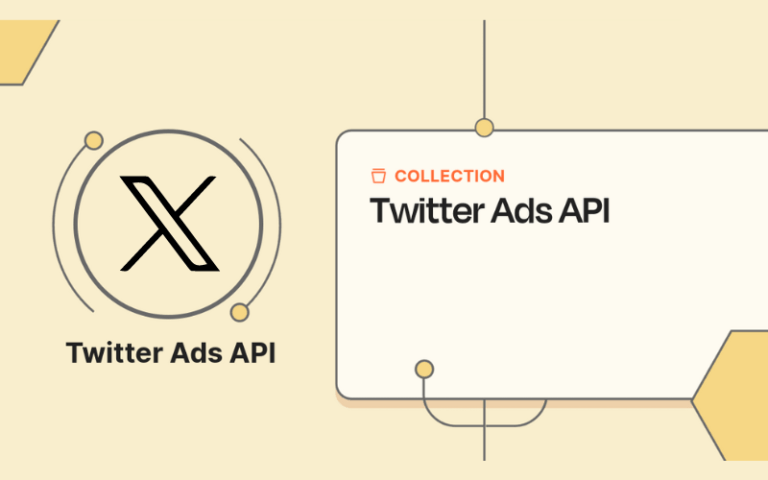For brands and personalities in the food space, Twitter provides an impactful platform to visually showcase products, recipes, events, and expertise. Food influencers leverage Twitter to engage their niche audiences and partner with relevant brands.
This comprehensive guide will explore best practices for Twitter Influencers in the food industry and how food brands can effectively collaborate with them.
Table of Contents
Key Advantages of Twitter for Food Influencers
With its real-time updates and vibrant community, Twitter offers food influencers several strategic advantages:
- Visual appeal – Vibrant photos and short videos of recipes, food spreads, cooking tips, and events attract attention.
- Instantaneity – Share real-time updates from restaurants, launches, food conferences, and pop-up events as they happen.
- Shopability – Twitter’s Shop Module and product tags make recipe and food product tweets instantly shoppable.
- virality – Trending hashtags and retweets allow food content to spread rapidly.
- Engagement – Questions, polls, and live tweets facilitate real-time conversations with foodies.
- Discovery – Relevant hashtags help content surface to new, targeted audiences interested in cooking.
- Authenticity – A less polished feel resonates as more raw and honest for foodie audiences.
Twitter provides an impactful hub for food influencers to spread recipes, engage fans, partner with brands, and boost their authority.
Also read: Fashion Influencers on Twitter
Popular Types of Food Influencers on Twitter
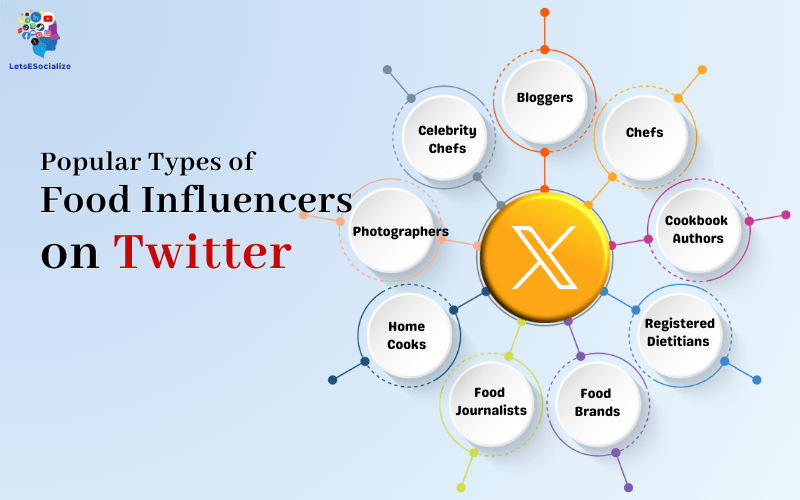
Twitter features diverse voices across the food world. Popular categories of influencers on the platform include:
- Bloggers – Share recipes, food stories, and restaurant reviews and highlight cooking content from their sites.
- Chefs – Promote their restaurants, dishes, brand partnerships, and media appearances.
- Cookbook Authors – Post preview recipes and cooking tips from their book projects.
- Registered Dietitians – Tweet healthy eating advice, debunk food myths, and promote their private practice.
- Food Brands – Promote new products, engage customers, partner with influencers, and drive sales.
- Food Journalists – Cover industry news, restaurant openings, chef interviews, and food trends.
- Home Cooks – Share everyday recipes, budget meal tips, cooking shortcuts, and kitchen experiments.
- Photographers – Showcase striking editorial and advertising food photography.
- Celebrity Chefs – Share cooking demos, brand partnerships, show updates and behind-the-scenes access.
Twitter allows food experts to engage distinct niches, from casual home cooks to fine dining lovers.
Best Practices for Food Influencers on Twitter
Here are proven strategies for food industry influencers to maximize their impact and results on Twitter:
- Post visually appealing photos of recipes, food spreads, cooking techniques, events, etc. Images grab attention on Twitter.
- Use relevant hashtags like #Food, #Recipes, #Foodie to be discovered by interested audiences.
- Share the story behind recipes and dishes to connect personally with followers.
- Highlight your expertise whether in comfort food, vegan cooking, baking, etc., to establish a niche.
- Engage with followers by replying promptly, answering questions, and asking for feedback.
- **Partner strategically with brands relevant to your niche and audience, like kitchenware, ingredients, appliances, etc.
- **Leverage Twitter Cards to directly embed recipes, menus, food product info, etc., in your tweets.
- Post consistently with 1-2 tweets daily to stay top of mind while avoiding overload.
- Monitor performance with Twitter Analytics to refine your strategy and content.
- Cross-promote content on other social media, your blog, email lists, etc., to maximize reach.
Balancing mouthwatering visuals with audience value and engagement is key to growing an influencer’s following and opportunities.
Ideal Content Types for Food Influencers on Twitter
While tempting to focus just on recipes, successful food influencers incorporate diversity with these types of content:
- Step-by-step recipes – Showcase recipes from multiple angles with final food photos. Include prep and cook times.
- Cooking tips and tricks – Quick hit advice for common kitchen scenarios helps followers.
- Behind-the-scenes – Give audiences exclusive peeks into test kitchens, cookbook shoots, food labs, etc.
- Kitchen tools/pantry items – Share favourites and recommendations based on your experience.
- Food industry news – Comment on trends, new products, restaurant happenings, etc. Provide your expert perspective.
- Op-eds – Weigh in on hot food-related debates and news like GMO regulations, sustainability initiatives, etc.
- Ingredient spotlights – Share fun facts, selection tips, and recipe ideas focused on specific seasonal ingredients.
- Kitchen disasters – Showing mess-ups and takeaways make you relatable.
- Lifestyle integration – Tastefully showcase aspects like family, travel, and your cooking culture or heritage.
- Sneak peeks – Give previews of upcoming cookbooks, show/menu launches, restaurant remodels, etc.
Going beyond recipes gives followers motivation to keep returning.
Growing Your Food Influencer Audience on Twitter
Attracting and retaining more interested followers on Twitter takes strategy:
- Leverage hashtags like #Foodie, #HomeCooking, # RecipeoftheDay, etc., to put your content in front of built-in food communities.
- Engage in Twitter chats and Spaces related to your niche, like #FoodChat #BakingChat, to connect with fellow experts and fans.
- Run giveaways for your cookbook, kitchen appliances, or ingredients to incentivize followers.
- Partner with brands for sponsored content and influencer campaigns that expose you to new audiences.
- Cross-promote your Twitter presence on your blog, Instagram, Facebook, and other channels.
- Follow and interact with food influencers, brands, media, and organizations in your space. Give to get.
- Comment on industry news and trends to position yourself as a thought leader.
- Ask intriguing questions that prompt conversations and debate among your current followers.
- Highlight user-generated content like fans cooking your recipes to build engagement.
Putting your expert voice and content in front of the right people on Twitter’s massive food space is critical to building an engaged follower base.
Twitter Tools for Food Influencers

Specialized social media tools help manage influencer marketing activities for food industry accounts:
Content Curation
- Cookpad – Discover and repost fan-generated cooking content
Post Scheduling
- Planoly – Plan and schedule recipe shot posts for maximum impact
- Buffer – Schedule multiple updates for the optimal times
Performance Analytics
- Iconosquare – Track audience growth and post engagement over time
- Twitter Analytics – Monitor tweet impressions, clicks, conversions, etc
- Sprout Social – Gain insights across Twitter and other connected platforms
Community Management
- Hootsuite – Manage messages and responses efficiently across multiple profiles
- Sprout Social – Collaborate across teams and manage client brand pages
- Social Report – Get detailed audience demographic information
The right tools provide the data and workflow needed to streamline efforts at scale.
10 Top Food Influencers Thriving on Twitter
For social media strategy inspiration, here are some stellar food influencers to follow on Twitter right now:
@AndrewZimmern – 1.4M Followers
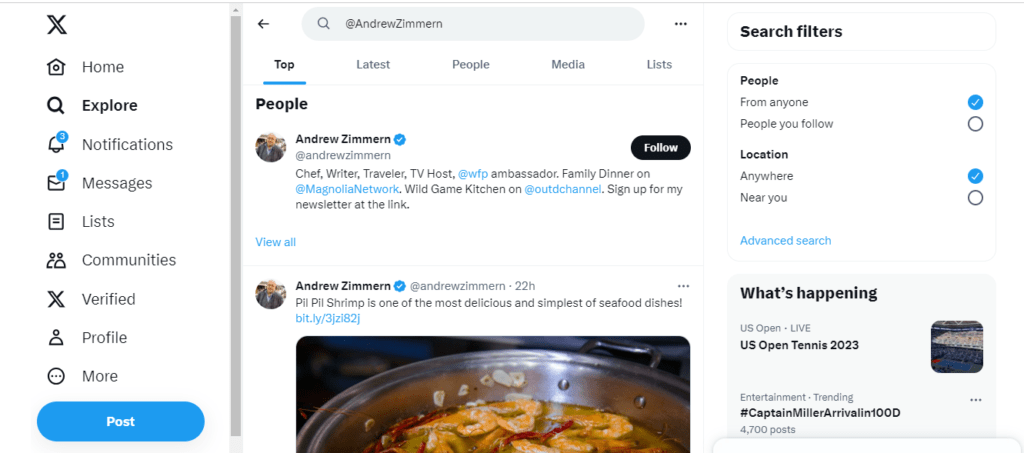
TV host provides behind-the-scenes access and bold food takes.
@Skinnytaste – 211K Followers
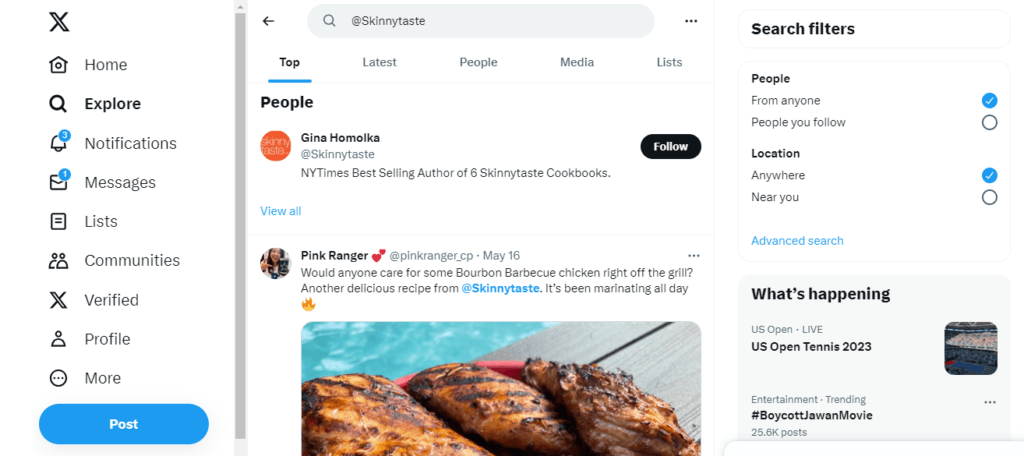
Gina Homolka shares slimmed-down recipes and meal plans.
@ChefBenFord – 19.5K Followers
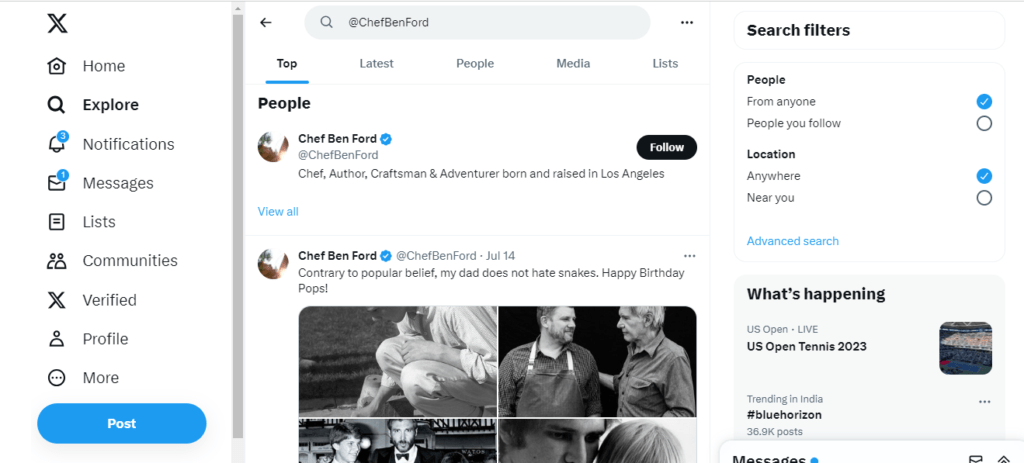
Celebrity chef Ben Ford tweets signature dishes and cooking tips.
@GuyFieri – 491K Followers
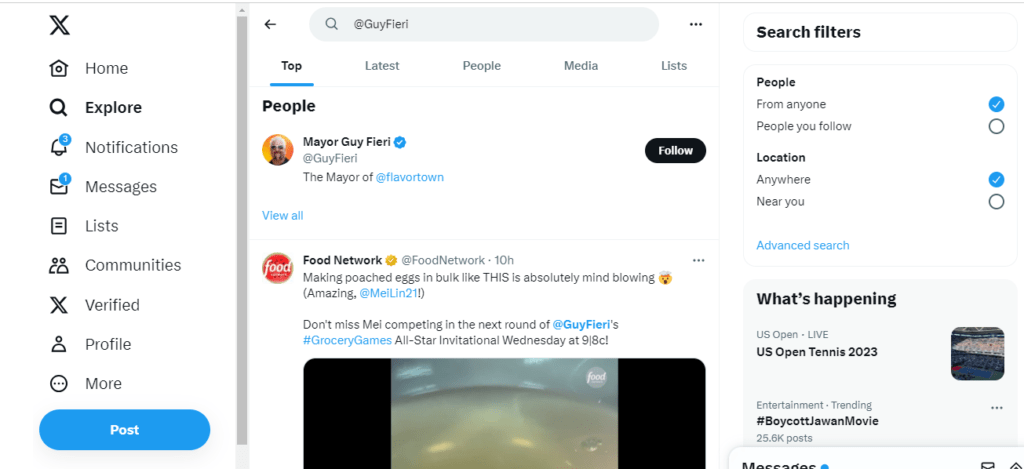
The mayor of Flavortown promotes his shows, restaurants, and collaborations.
@Ghililan – 68.3K Followers
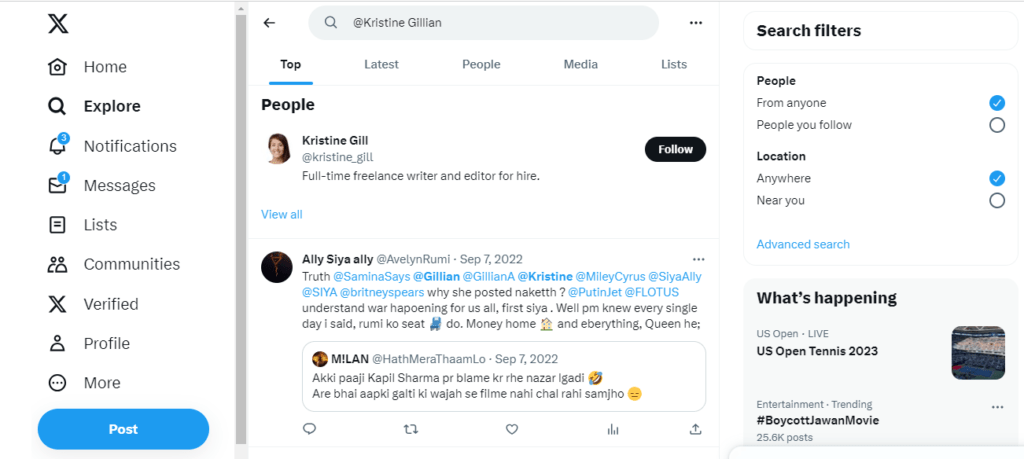
Author and expert Kristine Gillian tweets gluten-free recipes and cooking advice.
@JoytheBaker – 221K Followers

Baker Joy Wilson brings fun dessert recipes and #SundaySupper meal ideas.
@TopChefMasters – 144K Followers
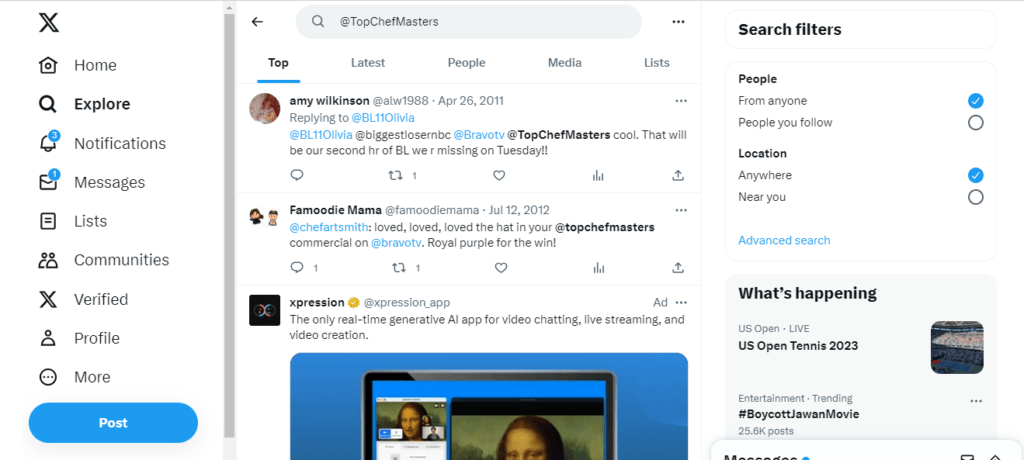
The shows’ hosts and judges share cooking demos, takes, and behind-the-scenes.
@CherylForbergRD – 8,548 Followers
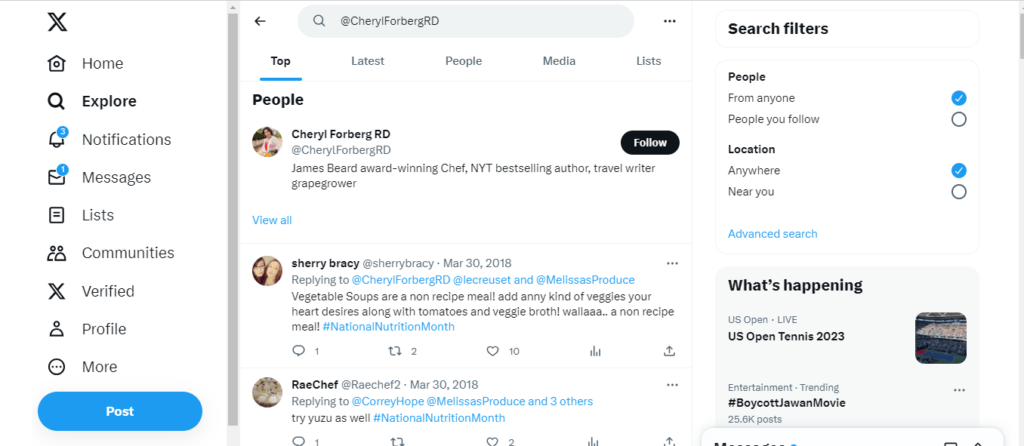
Registered dietitian Cheryl Forberg shares daily health meal inspiration.
@TheKitchn – 276K Followers

This food site’s editors tweeted trending recipes, kitchen tips, and product reviews.
@Food52 – 372K Followers
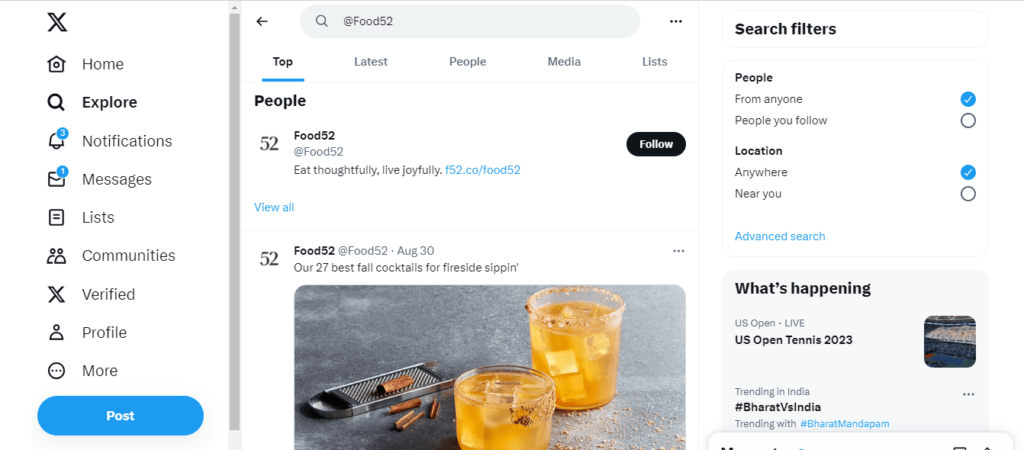
The popular food community drives conversation through engaging recipes, posts, and questions.
Analyze what resonates best with their niche audiences for indicators of successful food influencer content.
Partnering with Food Influencers on Twitter
To maximize campaign ROI, food brands should follow best practices when partnering with influencers:
Match their niche – Ensure the influencer’s specialty, whether baking, grilling, health, etc., aligns with your product.
Require recipe development – Have them showcase products through original recipes to drive authenticity and utility.
Encourage storytelling – Capture the influencer’s personal connection to dishes and ingredients.
Promote on packaging – Feature the influencer’s partnership or recipe on product packaging at retail.
Facilitate shopability – Add direct product purchase links or enable Twitter’s Shop Module for seamless conversion.
Develop unique hashtags – Create campaign-specific hashtags for followers to discover and amplify content.
Share ownership of content – Negotiate rights to reuse influencer recipes and imagery on social channels and ads.
Leverage beyond Twitter – Have the influencer promote the campaign across blogs and other social platforms.
Feature user-generated content – Repost customers making the influencer’s recipes to extend impressions and engagement.
Strategic brand partnerships provide potent opportunities for mutual value.
Measuring Food Influencer Campaigns on Twitter
Key metrics to track food influencer marketing results include:
- Impressions – Total campaign tweet views
- Engagement rate – Likes, retweets, comments, clicks, etc. compared to reach
- Link clicks – CTR to recipes, blog posts, or product pages
- Conversions – Sales, email signups, page visits driven
- Audience growth – Followers gained by the influencer and brand
- Content views – Views of recipe videos or long-form content
- User-generated content – Customer social posts about the campaign
- Sentiment – % positive, negative, or neutral social mentions
- ROI – Sales driven compared to campaign costs
With clear goals and robust analytics, food brands can calculate influencer marketing returns and optimize future efforts.
Standout Food Influencer Twitter Campaign Examples
Kraft #SendNoods
Kraft partnered with food influencers to develop inventive recipes incorporating the product to promote their new mac and cheese bowls. Unique dishes and mouthwatering photos helped the campaign go viral.
Campbell’s #EasyAsSoup
Campbell’s showcased creative recipes using their soups through influencer partnerships. Engaging videos of the simple cooking steps resonated with audiences.
Barilla Pasta – #PastaGrammers
Barilla tapped pasta recipe influencers on Instagram and had them cross-promote on Twitter. Positioning them as authentic “Pasta Grammers” appealed to niche foodie audiences.
Ocean Spray – #OsSnackStacks
Ocean Spray piloted snack stack recipe partners for their new juice drink line. Tower of food dishes incorporating their product. The visually striking content performed exceptionally well.
Blue Apron – #MakeItYourOwn
The meal kit company encouraged tweaks on their recipes through an influencer campaign. This drove engagement while reinforcing flexibility.
Successful case studies provide creative and strategic precedent to guide impactful food influencer campaigns on Twitter.
Key Takeaways for Food Industry Influencers on Twitter
- Consistently share mouthwatering cooking imagery and approachable recipes tailored to your niche and strengths.
- Monitor Twitter Analytics regularly to identify top-performing content formats, engagement tactics, and partnership opportunities.
- Develop diverse educational and entertaining lifestyle content beyond recipes to provide ongoing value.
- Strategically partner with relevant brands trusted by your audience, like kitchenware companies, ingredients, and CPG.
- Leverage Twitter Cards, Shop Modules, and direct links to make recipe and food product posts instantly shoppable.
- Regularly interact with your community through likes, mentions, retweets, chats, and replies to questions.
- Collaborate occasionally with complementary micro and macro food influencers to expand reach.
- Cross-promote Twitter content across your blog, Instagram, Facebook, and other channels.
With a savvy and consistent influencer marketing approach, food brands can satisfy hungry audiences and boost business.

